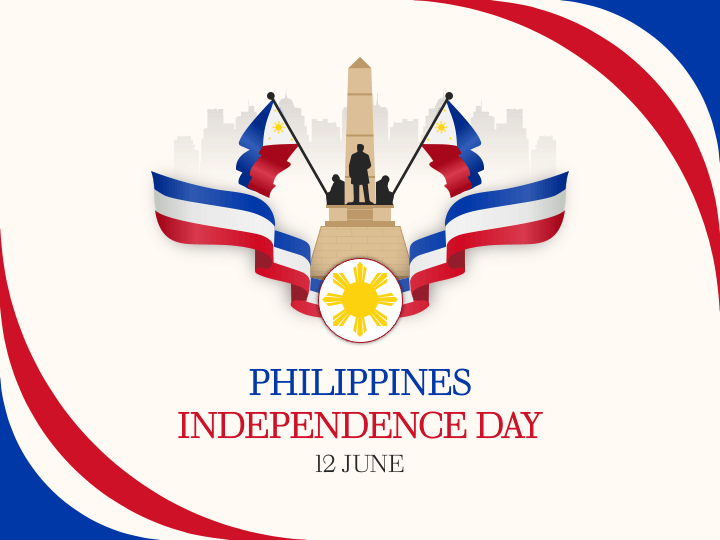
Joe Alejandrino
The unfinished revolution is the Philippine Revolution that was triggered by the execution of Jose Rizal on December 30, 1896. All that Rizal asked from the Spanish government was the institution of reforms. He was not a revolutionary but a reformist. When Andres Bonifacio asked Pío Valenzuela y Alejandrino to go to Dapitan and ask Rizal to lead the Philippine Revolution, Rizal declined the offer because he thought the Filipinos were not ready to govern themselves. “What is independence,” he said, “if the slaves of today shall be the tyrants of tomorrow.”
Ninety years after the Philippine Revolution came another revolution – the People Power Revolution at Edsa – of February 22, 1986. It wasn’t really a revolution, only a brief shining moment when people from all walks of life came together to get rid supposedly of a tyrant. In reality, it was a well-conceived American plan to effect a political transition of power to avoid political instability caused by the Ninoy Aquino assassination that could affect their two major bases – Clark and Subic – outside continental USA. As Sen. Butz Aquino, the younger brother of Ninoy, told me, “So long as there are American bases in the Philippines, the US will continue to meddle in our internal affairs.” That is why he led the fight in the Senate to terminate the lease on Subic.
Thirty years after Edsa came what I call the Duterte Revolution with the election of a president in 2016 who championed change – Pagbabago – the only one among the candidates who talked of change.
A total of 120 years and three revolutions that remain unfinished. Why?
The Philippine Revolution failed because of the constant bickering between its leaders. Emilio Aguinaldo versus Andres Bonifacio. Felipe Buencamino versus Antonio Luna. Aguinaldo was well-intentioned but was weak, a high school dropout who suffered from an inferiority complex before better-educated men like Pedro Paterno and Felipe Buencamino. He was susceptible of being manipulated by those who had their own agenda.
The Edsa Revolution failed also because of internal bickering. Cory Aquino was weak. She lacked experience in running a government and left it to Joker Arroyo who was not elected to run it. As Butz Aquino told me, everything had to pass through the Joker. And Cory admitted that her only legacy was to restore democracy in the Philippines. Like during the Philippine Revolution, the rich established elite, the landed class, the oligarchs, took over and so there was no change because change was a threat to their power. No one could touch her beloved Hacienda Luisita, and those who dared like Chief Justice Renato Corona under the presidency of her son Noynoy was stripped of his crown by impeachment or like former president Gloria Macapagal Arroyo placed under house arrest on trumped-up charges which she was later acquitted of after Rodrigo Roa Duterte was elected president.
The Duterte Revolution brought change because of a strong president – social benefits to marginalized groups, economic transformation through a program of Build, Build, Build, advances in the wars against insurgency and illegal drugs, an independent foreign policy. But whether these changes can be sustained remains a big question mark. Already we are seeing signs of the return of massive corruption, cronyism, illegal drugs, of the Philippines becoming a US protectorate. Why? Because of weak leadership. As then Defense Secretary Fidel V Ramos told me when I asked him why the Philippines, when we were riding a Huey chopper on the way to visit a military camp, remained a poor country, he replied, “Lack of continuity in government policies.” Each president after being elected felt a need to re-invent the wheel.


